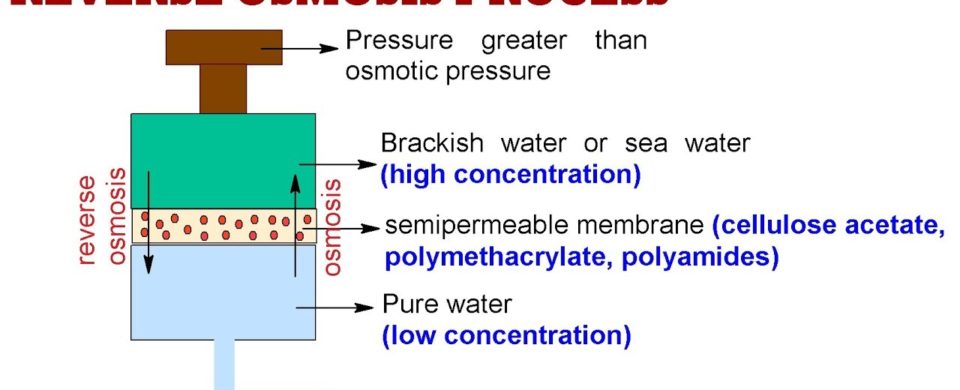What is reverse osmosis process?/RO water treatment (Desalination)
Explains osmosis and reverse osmosis process in detail. Removal of salts from seawater/brackish water. Desalination. Demonstration of reverse osmosis. water softening, water purification. The materials used in the semi permeable membrane. The advantages and disadvantages of this method is also discussed.
Subscribe for more videos !!!.
Desalination -Reverse Osmosis
You will be able to define desalination, osmosis and reverse osmosis.
You will be able to list out the different methods of desalination.
You will be able to describe the process of reverse osmosis with a neat diagram.
You will be able to mention the advantages and disadvantages of reverse osmosis process.
Removal of salts from water is known as desalination.
Methods of desalination
Thermal distillation (Thermal)
Reverse osmosis (Pressure)
Electrodialysis (Electrical)
Osmosis
When two compartments containing solutions of different concentrations are separated by a semipermeable membrane, the solvent moves from lower concentration to higher concentration side.
Reverse Osmosis
When two compartments containing solutions of different concentrations are separated by a semipermeable membrane and hydrostatic pressure greater than osmotic pressure is applied on the concentrated side the solvent moves from higher concentration to lower concentration side.
(When brackish water (saline water) and pure water are separated by semipermeable membrane, water moves from saline to pure water compartment)
Advantages of reverse osmosis
The process is simple, cheap and reliable.
It not only removes the ionic salts but also the non-ionic, colloidal matter and high molecular weight organic matter.
Although the installation cost is high, the maintenance cost is low.
The membrane can be replaced in 3-4 minutes and hence can get uninterrupted water supply.
Limitations/Disadvantages of reverse osmosis
The membrane cost is high.
Membrane should withstand pressure of 20-100 atm.
Comments are closed.

